In 1937 the Hearst Corporation purchased the phenomenally successful women’s magazine Pictorial Review, a magazine that had once boasted a circulation of 3 million per month. Granted, with the Depression the magazine didn’t sell quite that well in the 1930s, but it was still a force to be reckoned with when Hearst bought it. Bizarrely, Hearst discontinued the magazine in 1939, citing it as being in debt up to its ears. The story reeks of a tax evasion scam of some kind, and there were whisperings of some sort of mob connection to boot.
When Hearst purchased the ill-fated magazine one of the things they did was to create tie-in marketing with their newspapers. To market the Puck comic section, someone came up with the idea of a giveaway of ‘flags’ featuring some of the headliners from the comics line-up. I put flag in quotes because the actual item was just a flat sheet of muslin with no mounting hardware or eyelets. Kinda crummy even for ten cents in 1937. Arguably worse, though, is the design of the ‘flag’, which is nine comic panels seemingly taken almost completely at random from the strips, and just plopped down in a 3×3 grid. A flag with zero thought put into the design, in other words.
Not surprisingly, very few people sent in their dimes for this promotional dog and the flags are now exceedingly rare. Rare doesn’t mean valuable, though, since even today few collectors would really want to display the ugly thing. Hake’s couldn’t even get their minimum bid of a C-note for an example. To see a larger image of the flag you can visit WorthPoint, which claims a sale on eBay — but you have to be a member to find out what it went for. I suspect it was no king’s ransom.
Update: In a rather amazing coincidence, while this post was sitting in the queue what should appear on eBay but one of these flags! It went for the princely sum of 36 bucks, shipping included.

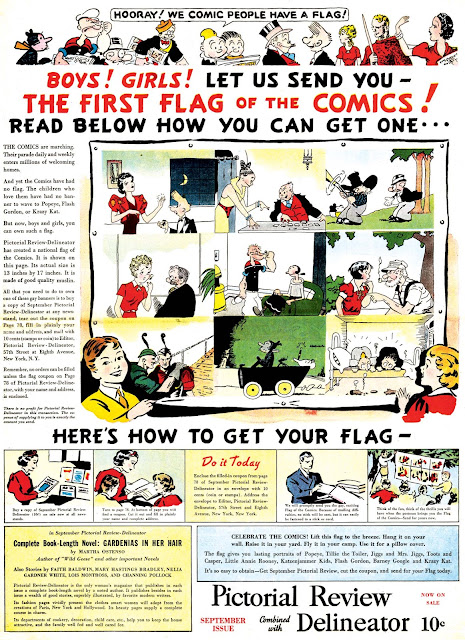
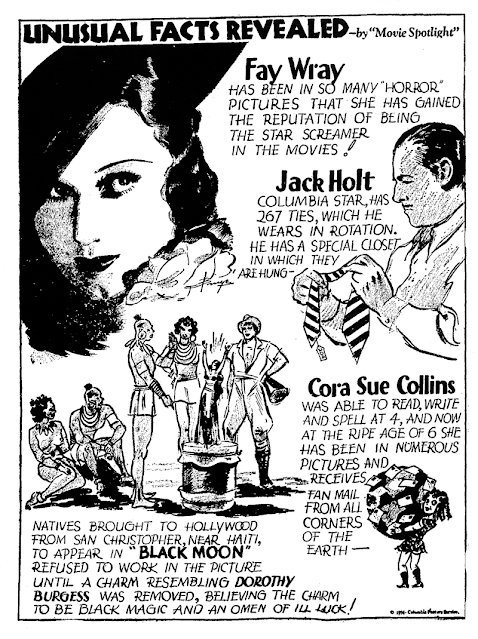
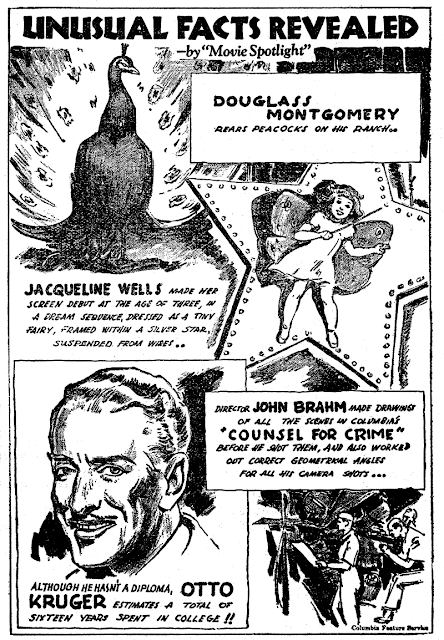
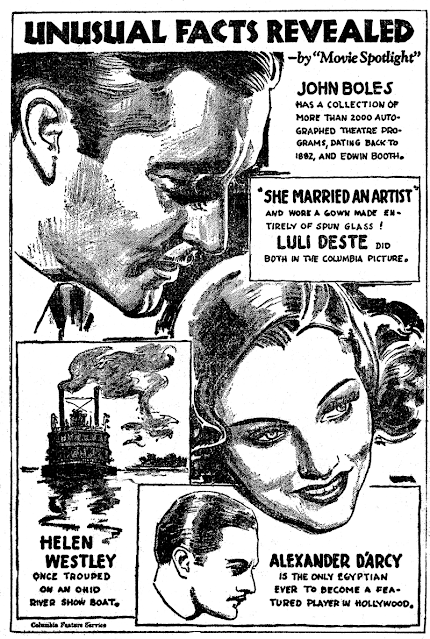

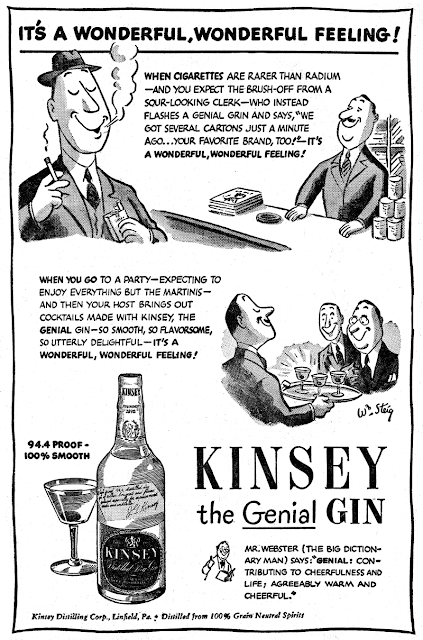
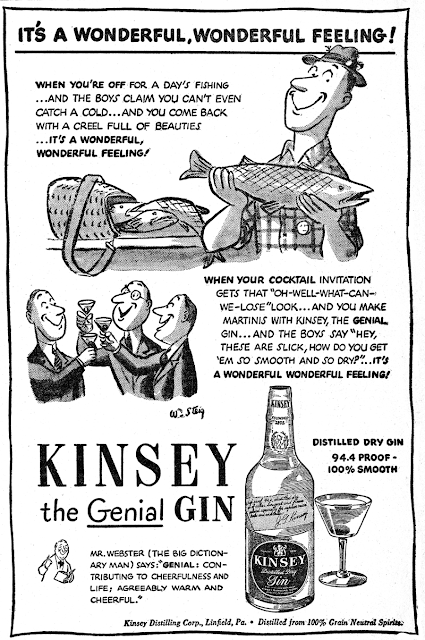

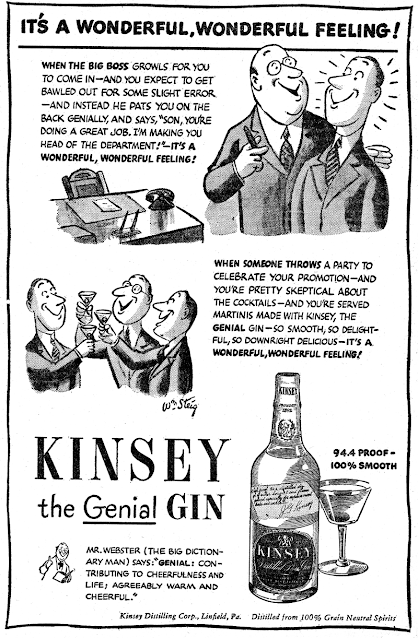
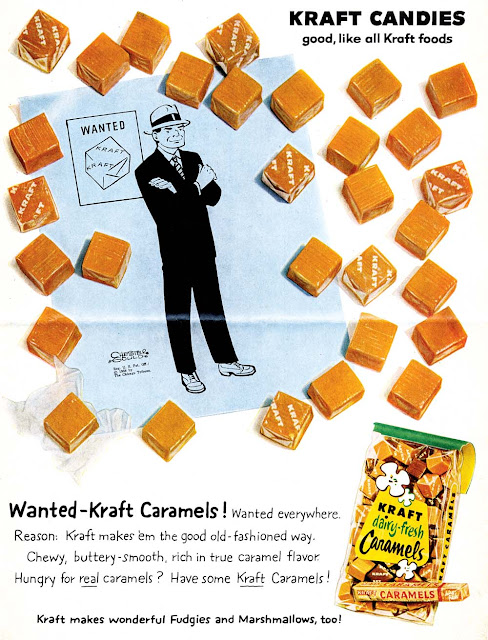

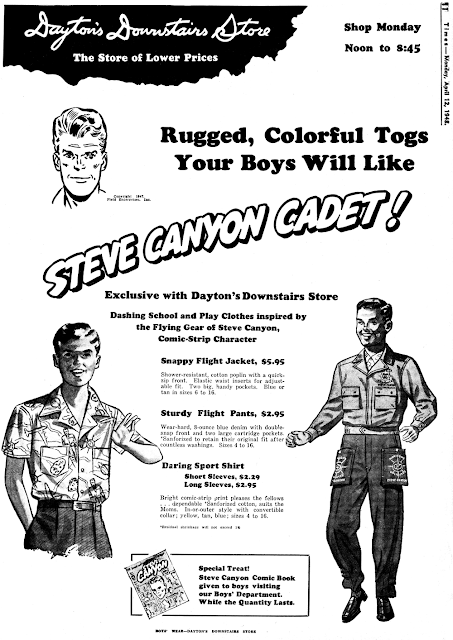
Was it Briggs or Webster who had characters celebrate small victories by singing "Ain't it a grand and glorious feeling"? In any case, the rhythm of the headline brought that to mind; suspect the advertising writers were purposely echoing what was likely a still-remembered catchphrase.
That was Briggs.